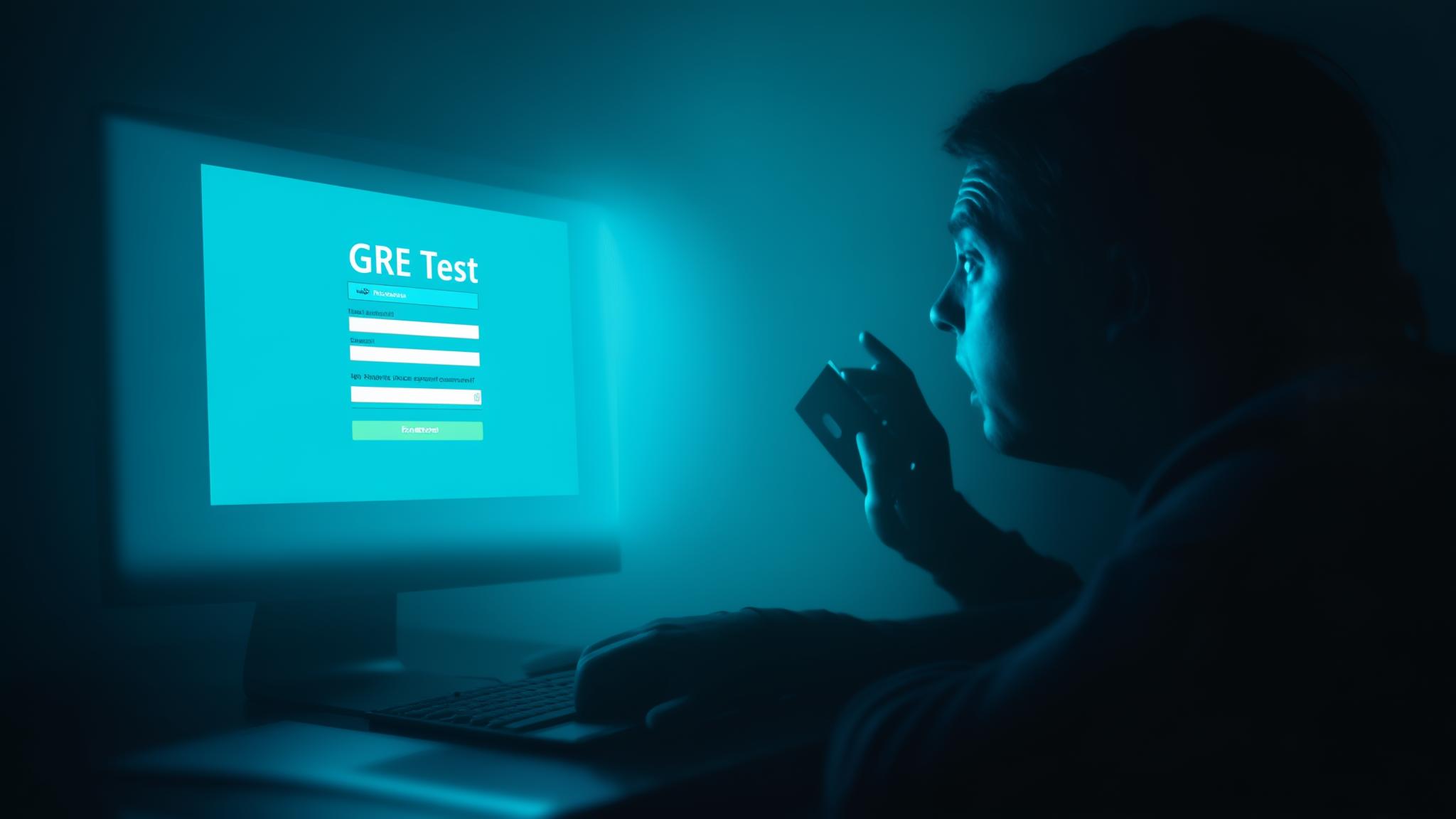-
Table of Contents
- Is Cheating Possible with the Use of Additional Hardware? A Deep Dive
- The Rise of Tech-Enabled Cheating
- Common Hardware Used for Cheating
- Case Studies and Examples
- How Hardware Facilitates Cheating
- Real-Time Communication
- Access to Stored Information
- Automated Problem Solving
- The Challenges of Detection
- Technological Advancements
- Privacy Concerns
- Lack of Awareness
- Strategies for Combating Hardware-Enabled Cheating
- Technological Solutions
- Policy Changes
- Educational Initiatives
Okay, here’s a comprehensive article exploring the possibility of cheating with additional hardware, optimized for SEO and formatted for a WordPress editor.
“`html
Is Cheating Possible with the Use of Additional Hardware? A Deep Dive
The landscape of education is constantly evolving, and with it, the methods students employ to succeed – or, in some cases, to circumvent the traditional paths to success. The question of whether cheating is possible with the use of additional hardware is no longer a hypothetical one. The proliferation of technology has opened up new avenues for academic dishonesty, raising concerns for educators and institutions worldwide. This article delves into the various ways hardware can be used for cheating, the challenges in detecting such methods, and the potential solutions for maintaining academic integrity.
The Rise of Tech-Enabled Cheating
The digital age has brought unprecedented access to information and communication. While these advancements have revolutionized learning, they have also created opportunities for students to engage in academic misconduct using sophisticated hardware.
Common Hardware Used for Cheating
- Smartwatches: These devices can store notes, access the internet, and even send and receive messages, making them a versatile tool for cheating.
- Hidden Earpieces: Tiny, virtually undetectable earpieces allow students to receive answers or information from someone outside the testing environment.
- Modified Calculators: Programmable calculators can store vast amounts of text and formulas, providing an unfair advantage during exams.
- Recording Devices: Discreet recorders can capture lectures or conversations, allowing students to replay information without actively engaging in the learning process.
- USB Drives: Small and easily concealed, USB drives can store entire textbooks, notes, and even software designed to solve specific problems.
Case Studies and Examples
Several high-profile cases have highlighted the use of hardware in academic cheating. For example, in 2018, a group of students at a prestigious university were caught using hidden earpieces to receive answers during an engineering exam. The incident sparked a widespread debate about the effectiveness of current anti-cheating measures. Another case involved students using modified calculators to store and access unauthorized information during standardized tests. These incidents underscore the growing sophistication of cheating methods and the need for more robust detection strategies.
How Hardware Facilitates Cheating
The allure of using hardware to cheat lies in its potential for providing discreet and readily available assistance. Here’s a breakdown of how different types of hardware can be used to gain an unfair advantage:
Real-Time Communication
Hidden earpieces and smartwatches enable real-time communication with individuals outside the testing environment. This allows students to receive answers, explanations, or guidance during exams, effectively outsourcing their knowledge and skills.
Access to Stored Information
Modified calculators, USB drives, and smartwatches can store vast amounts of information, including notes, formulas, and even entire textbooks. This eliminates the need for students to memorize or understand the material, as they can simply access the information when needed.
Automated Problem Solving
Some hardware devices can be programmed to solve specific types of problems automatically. This is particularly useful in subjects like mathematics, physics, and engineering, where complex calculations are required. By using these devices, students can bypass the need to understand the underlying concepts and simply obtain the correct answer.
The Challenges of Detection
Detecting the use of hardware for cheating presents significant challenges for educators and institutions. The devices are often small, easily concealed, and designed to be undetectable. Furthermore, students are becoming increasingly adept at using these devices discreetly, making it difficult to catch them in the act.
Technological Advancements
The rapid pace of technological advancement makes it difficult for anti-cheating measures to keep up. New devices and techniques are constantly emerging, requiring educators to stay informed and adapt their strategies accordingly.
Privacy Concerns
Implementing strict anti-cheating measures can raise privacy concerns. For example, using metal detectors or surveillance cameras in testing environments may be seen as intrusive and a violation of students’ rights. Balancing the need to maintain academic integrity with the need to protect students’ privacy is a delicate balancing act.
Lack of Awareness
Many educators are not fully aware of the various ways hardware can be used for cheating. This lack of awareness can make it difficult to identify and prevent academic misconduct. Providing educators with training and resources on the latest cheating methods is essential for combating this problem.
Strategies for Combating Hardware-Enabled Cheating
Addressing the issue of hardware-enabled cheating requires a multi-faceted approach that combines technological solutions, policy changes, and educational initiatives.
Technological Solutions
- Jamming Devices: These devices can block wireless signals, preventing students from using smartwatches or other devices to communicate with the outside world.
- Metal Detectors: Metal detectors can be used to detect hidden earpieces or other metallic devices.
- Software Monitoring: Software can be used to monitor students’ computer activity during online exams, detecting suspicious behavior such as accessing unauthorized websites or applications.
- AI-Powered Proctoring: Artificial intelligence can be used to analyze students’ behavior during online exams, identifying patterns that may indicate cheating.
Policy Changes
- Clear Academic Integrity Policies: Institutions should have clear and comprehensive academic integrity policies that explicitly prohibit the use of hardware for cheating.
- Stricter Penalties: Imposing stricter penalties for academic misconduct can deter students from engaging in cheating.
- Exam Security Protocols: Implementing stricter exam security protocols, such as requiring students to leave their belongings outside the testing room, can reduce the opportunity for cheating.
Educational Initiatives
- Promoting Academic Integrity: Educating students about the importance of academic integrity and the consequences of cheating can help foster a culture of honesty and ethical behavior.
- Providing Resources for Students: Offering students resources such as tutoring, study groups, and writing centers can help them succeed academically without resorting to cheating.
- Training for Educators: Providing educators with







